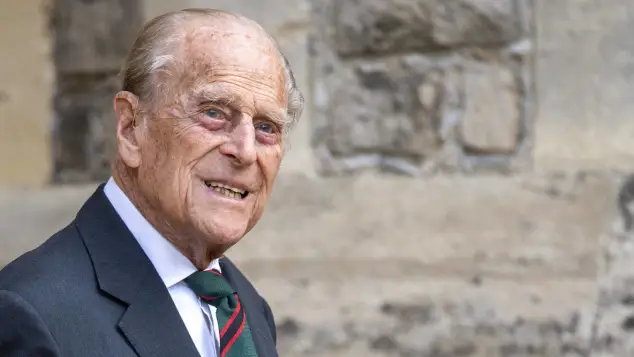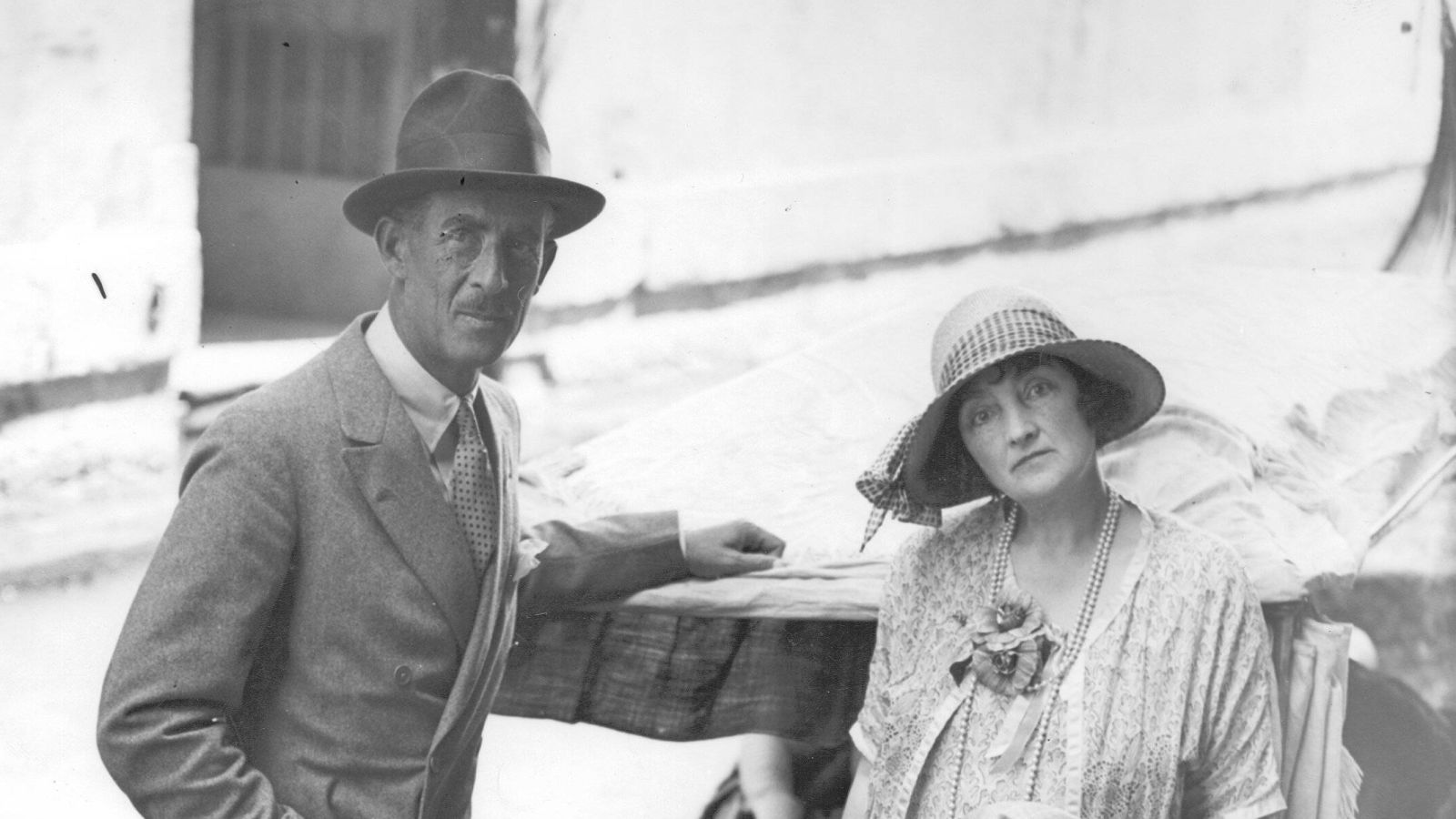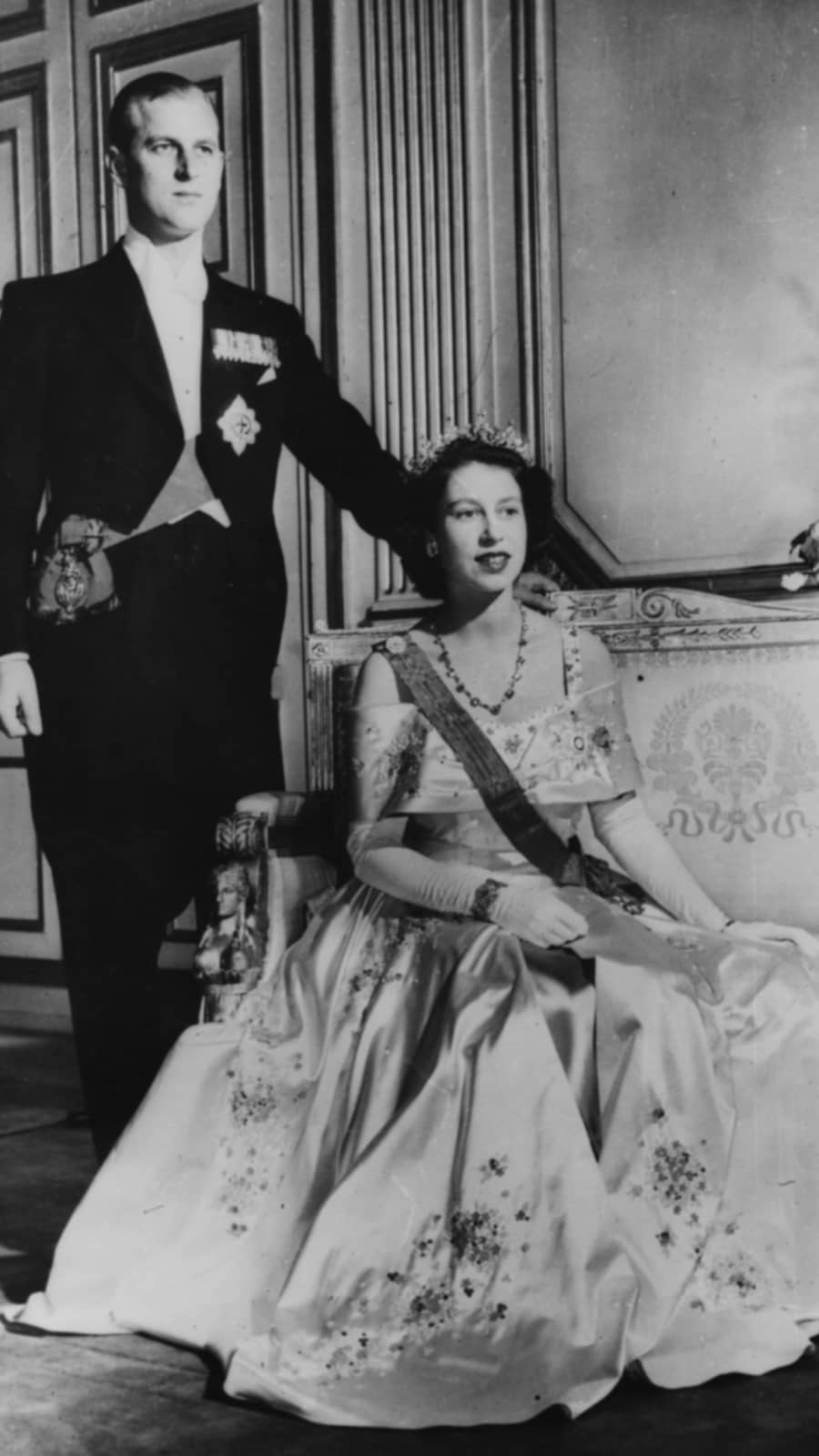Prince Philip is best known today for his humour, charm, and longevity. The 99-year-old prince consort is even regarded as one of the most popular royals. But his childhood in 1920s Greece was far from a routine or idyllic one.
Queen Elizabeth II's husband was born on June 10, 1921, in Corfu, Greece, the son of Prince Andrew of Greece and Denmark (†62) and Princess Alice of Battenberg (†84).
Prince Philip's father escaped the death penalty
In the Greco-Turkish War (1919-1922), Philip's father fought on the Greek side. However, Prince Andrew did not want to submit to the military, as he was the brother of the reigning king. When he was thrown out of the army, Prince Andrew faced the death penalty for desertion.
Prince Philip's mother stood up for her husband, helping him to escape the death penalty. But the family had to flee into exile and leave behind their life of wealth in Greece, as author Silke Ellenbeck explained to Bunte.
Prince Philip: How his family escaped Greece
With British help, the family fled to London via Rome and finally to Paris, all while Philip was in his earliest years. Later, at the age of 12, he was sent to a German boarding school, which was headed by Kurt Jahn. But when the Nazis rose to power, the director of the school fled to Scotland and opened a new school. Prince Philip followed him there.
After completing school, the future prince consort joined the British Navy in 1939 and graduated from the Royal Naval College in Dartmouth at the top of his class.
Prince Philip: This is how he met Queen Elizabeth II
In 1939, Philip also met his future wife. Then 18 years old, he was selected by King George VI to escort Elizabeth, then 13, and 9-year-old Princess Margaret during a visit to the naval college.
It is said that Elizabeth fell in love with Philip at this time. The two then began a correspondence. The 21-year-old Elizabeth and 26-year-old Philip wedded on Nov. 20, 1947, at Westminster Abbey in London.











